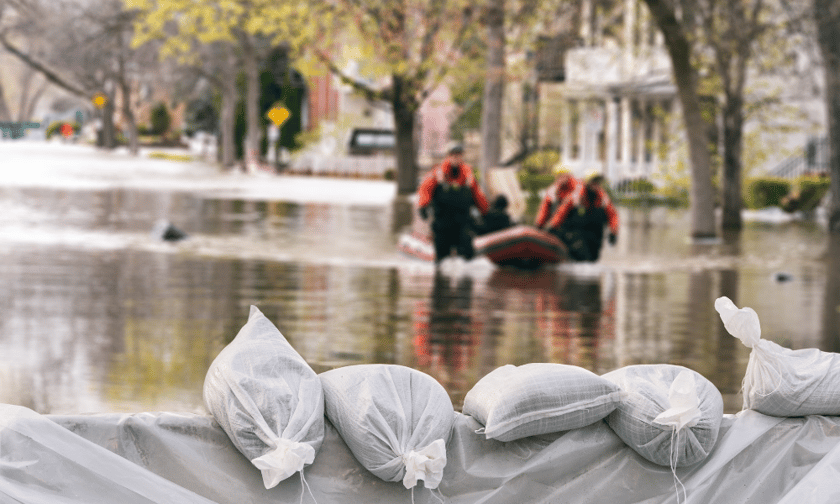

S&P Global Market Intelligence has released a new report detailing the growing impact of climate change and extreme weather on the global insurance industry. The report, titled Evolving Natural Catastrophe Risks, is part of S&P Global Market Intelligence’s Big Picture 2025 Outlook Report Series and underscores the shifting risk landscape as secondary perils such as floods, fires, and severe storms increasingly contribute to insurance losses.
Historically, the industry has focused on managing risks associated with major events like hurricanes and earthquakes. However, the report revealed that smaller, more frequent natural catastrophes are now playing a larger role in claims, forcing insurers and reinsurers to rethink their strategies and approach to risk management.
Raymond Barrett, the lead author of the report, emphasized the importance of understanding these changing risks. “The insurance industry has often acted as an early warning system for individuals and industries looking to understand and mitigate future risk. With climate change expected to increase the severity and frequency of natural catastrophes, understanding this altered risk environment is paramount,” Barrett said.
The report revealed that secondary perils, such as floods and fires, played a significant role in the global reinsurance industry’s inability to earn its cost of capital in five out of six years from 2017 to 2022. This new reality has led insurers to pay higher premiums for reinsurance coverage and retain more risk within their own portfolios.
One notable example of the shifting risk landscape is Hurricane Helene, which caused extensive damage in North Carolina. While hurricanes generally cause the most destruction in coastal areas, the storm’s impact was particularly severe in the Appalachian Mountains. A significant portion of the economic losses caused by the storm was uninsured, as flooding typically falls outside the terms and conditions of most US insurance policies.
The report also highlighted how costly 2024 has been for European insurers, with two major floods impacting central and eastern Europe. S&P Global Sustainable data has predicted that northern Germany will be increasingly vulnerable to pluvial flooding in the 2050s.
The findings emphasize the need for proactive infrastructure planning, particularly in flood-resistant construction, as climate change leads to more unpredictable weather patterns. The rising risks of drought, localized flooding, and water stress further emphasize the importance of strategic risk management to safeguard both people and property, the report noted.
What are your thoughts on the current situation in the reinsurance market? Share your thoughts in the comments below.
